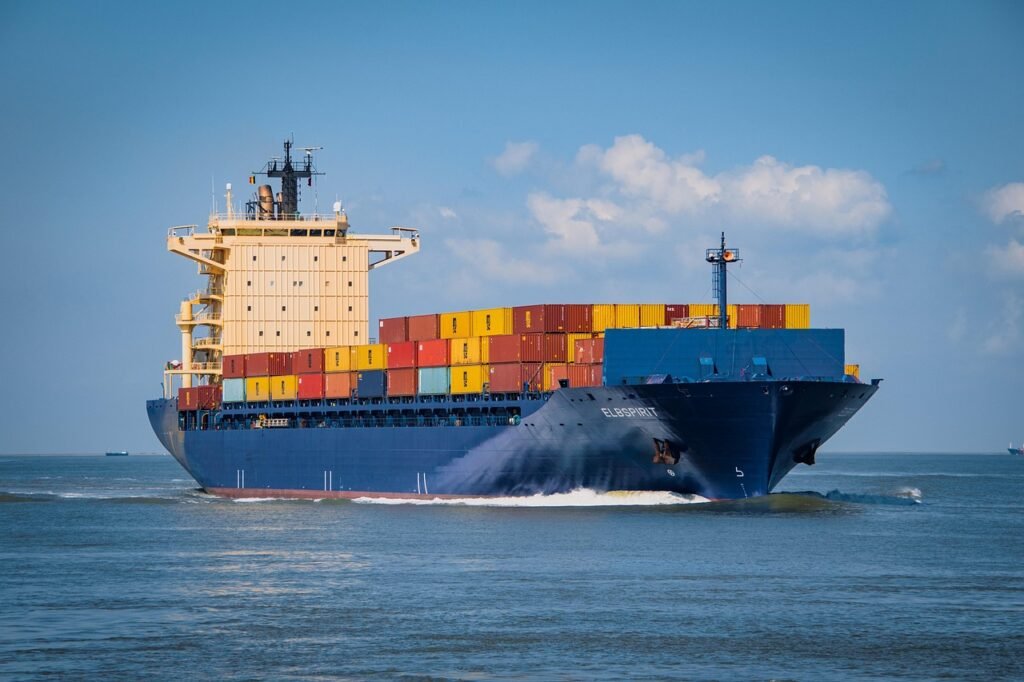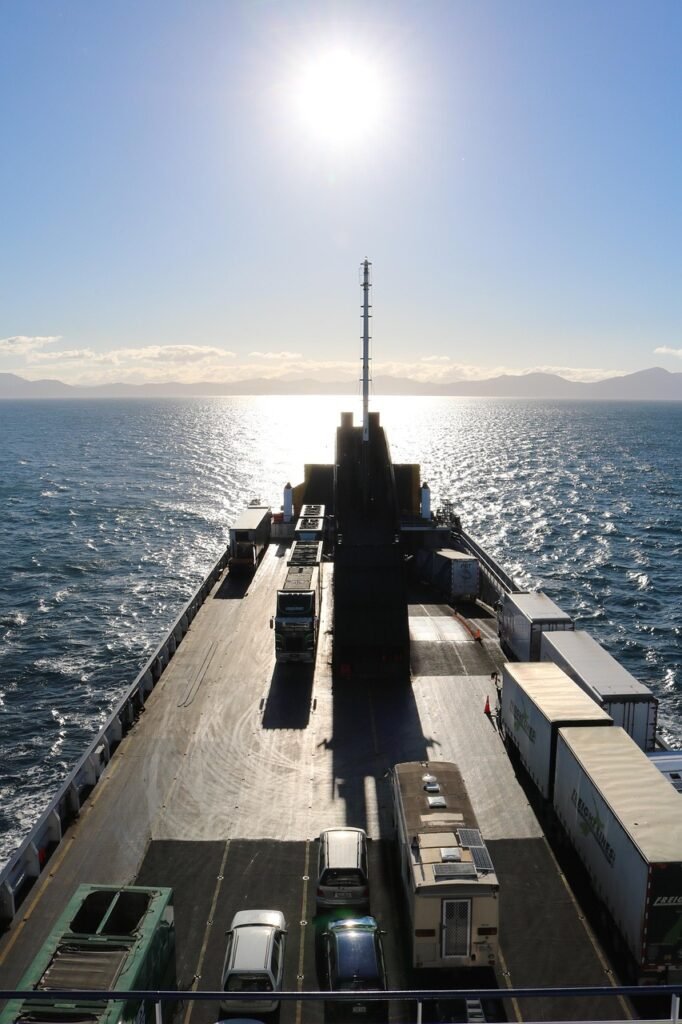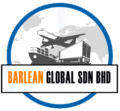Understanding Out‑of‑Gauge (OOG) Freight
Understanding Out‑of‑Gauge (OOG) Freight
Out‑of‑Gauge (OOG) freight refers to cargo that exceeds standard container dimensions—such as height, length, or width—and/or weight limits, making it unable to fit into regular shipping containers. These shipments often require specialized equipment and tailored handling, including flat‑rack or open‑top containers, heavy‑lift trailers, and cranes.

Industries That Require OOG Shipping
OOG freight is common across sectors that deal with oversized or high‑value items, including:
Energy & Utilities: e.g. turbines, generators, transformer modules
Construction & Infrastructure: e.g. prefabricated building modules, large structural steel
Industrial Manufacturing: e.g. factory machinery, large equipment assemblies
Mining & Metals: e.g. oversized mining gear and components

Why OOG Freight Is More Complex
Handling OOG freight involves far more than standard shipping logistics:
Transportation limitations: Standard containers can’t stack open‑top or flat‑rack units, reducing vessel capacity
Specialized pickup & crane operations: Additional costs often arise from under‑hook lifts (around $1,000 per lift depending on port) and narrow pick‑up scheduling windows
Stockwells -
Permits and route planning: Oversized loads may need route surveys, traffic permits, and even temporary removal of infrastructure
Insurance and regulatory compliance: Extra protection and documentation for high‑value, sensitive cargo
These factors typically raise shipping rates and operational complexity.
Examples of Complex OOG Logistics Projects
Gas Turbines & Transformer Modules
Often weighing dozens of tons and exceeding standard dimensions, these are transported via multimodal logistics—sea, road, and possibly rail—requiring project planning for route clearance, heavy‑lift handling, and customs coordination. Prefabricated Construction Units From modular housing to bridge components, this cargo is frequently transported using open‑top containers or break‑bulk methods. Load placement, crane scheduling, port discharge planning, and delivery to site demand precise coordination. Mining Equipment & Industrial Manufacturing Machinery
Comparable to turbines in scale, these consignments may use flat‑rack containers or break‑bulk transport; each piece often requires custom trailers and engineered rigging. Route surveys handle overhead obstacles, while port handling often takes place in specialized consolidation facilities.
